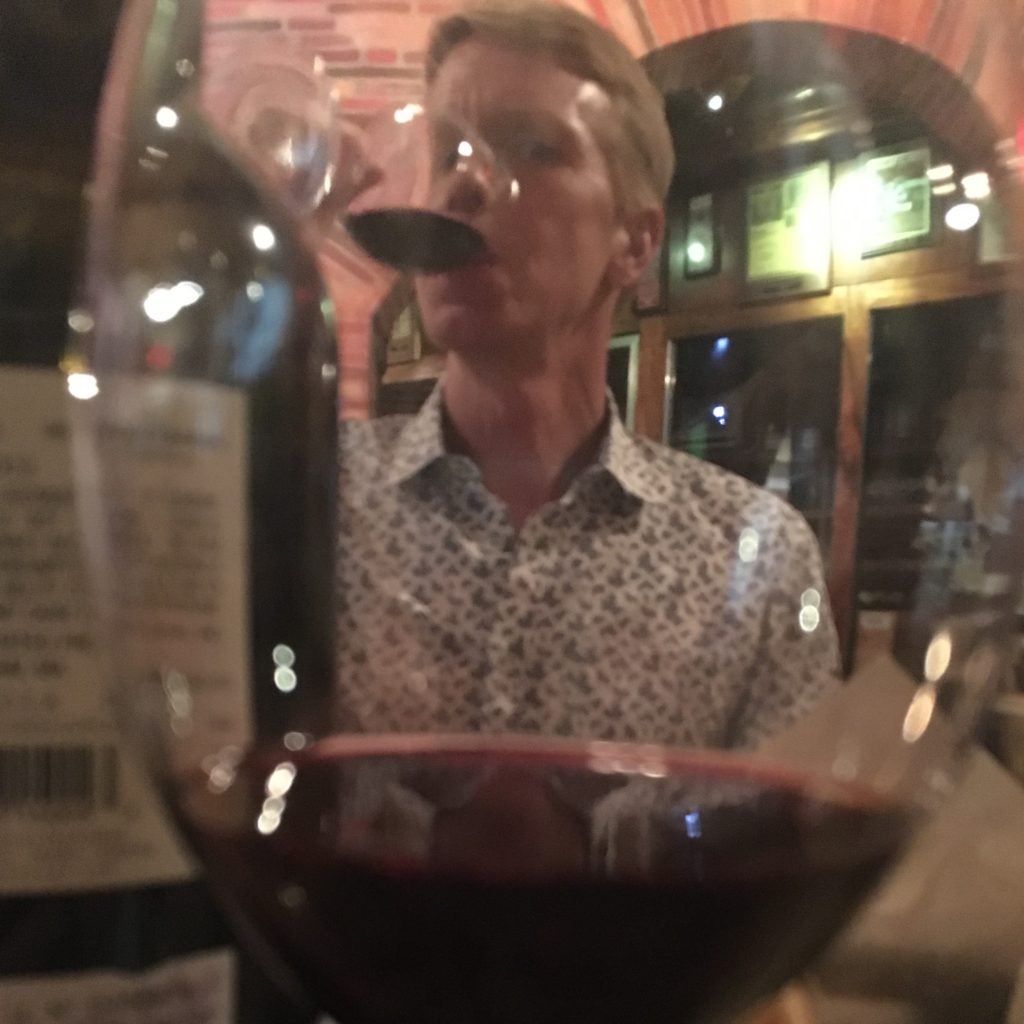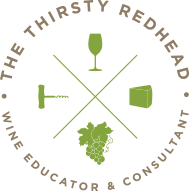“Modern innovations in electricity, microbiology, and chemical engineering have facilitated powerful and profitable changes in winemaking, but as the demands of sustainability loom large, we may regret our failure to preserve old knowledge.” As it relates to wine, what types of knowledge do you think we are in danger of forgetting (or have we already forgotten)?
60 minute essay.
From Pasteur’s discovery of yeast in the 1880s through the post-World War II upgrades of stainless steel, widespread electricity, sterile filtration and even today’s marvels of GPS-driven cultivation, advances in the wine industry have allowed for a greater volume of delicious, fault-free wine all around the world. While no one would suggest turning back the clock, these labor-saving and monitoring improvements may come at the expense of leaving what was one ‘common wisdom’ behind. As these modern marvels take time for students to learn, we risk losing touch with common wisdom in the areas of farming, winemaking, marketing, and consumer enjoyment.
Much attention has been paid to getting back to the farming of yesteryear. Although tractors, chemical fertilizers and pesticides have only been around since post-World War II, many farmers have recognized the dangers and have started to return to old knowledge. Tractors will still be used, but there is a recognition of the dangers of soil compaction (helping with aeration and drainage). Sprays are still used, but turning back to naturally-derived (not lab-derived) solutions is becoming more commonplace.
Common sense site selection is also at risk. We have the power and technology now to GPS map an area, have tractors to clear the land, level it, and even lay down irrigation/drainage. The risk is that we forget the appropriateness of planting another vineyard. Biodiversity is an important part of any farming system and once a virgin forest has been cleared, it will take decades to centuries to reestablish that natural habitat.
Understanding the evolution of fruit could be lost. Measuring for brix, total acidity and pH are important guides to determine harvest, but tasting the fruit can measure the things these tools do not capture. And despite being labor intensive, pruning and harvesting by hand will give farmers a deeper understanding of land and the vines that he is growing.
The ability to measure and monitor a fermentation has been one of the most significant advances as it relates to today’s reality of fault-free wines. The risk is that students no longer learn how to use and trust their palate. With thousands of components, many of which have not been identified or are able to be measured, the ability of a winemaker to be guided by both metrics and her palate in a glass of wine is at risk of being lost. Especially in the less-understood areas of tannins, following the evolution of the texture on one’s palate might be the only tool still available, but without the wisdom, there is no confidence in its application.
There is a risk of forgetting how to physically work the wine. The fresh, fruity nature of wines fermented in stainless steel is a popular style, but this comes at the expense of confidently working with oxygen. Understanding, again, through smelling and tasting, when a wine could benefit from oxygen exposure and when to protect it may be lost in the use of stainless steel and inert gas. Electric pumps are a wonderfully labor-saving device, but the ancient art of fermentation, maturation and clarification in the same vessel (never racking the wine) is not widely embraced today and this knowledge is at risk of being lost.
In a hyper-competitive world where everyone is connected and everyone is shouting, we may forget that wine exists for enjoyment. Marketing departments continue to put wine on a pedestal and drive the association of lifestyle, as if selling cars. Finding more uses, including the growing popularity of wine mixology, to drive consumption comes at the risk of forgetting that wine is something essential on a table like salt or bread. Consumers searching authorities or social media to take the risk out of buying wine is understandable, but it this had become more necessary because the industry has made wine more special that the rotten grape juice that it actually is. The perfect social media life risks consumer losing their own sense of discovery when it comes to wine.
We risk losing diversity on the shelves too. Ironically, the advances in the wine industry of the last 150 years has caused more well-made wines to reach the market, causing the lack of diversity. Consumers, being overwhelmed by choice, and having lost the sense of discovery, gravitate to large brand wines that they recognize, and so, these are the wines that satisfy their needs of no surprises under the cork.
There are advances, such as cleaning for TCA-taint on corks, that are ultimately excellent for the industry, though use of renewable sugarcane to create corks is also an excellent advancement for everyone (including the planet). But holding on to some of common wisdom of yesteryear, and actually teaching these practices of farming, winemaking, maturation, marketing and consumption, will help us become better farmers, winemakers and consumers.


